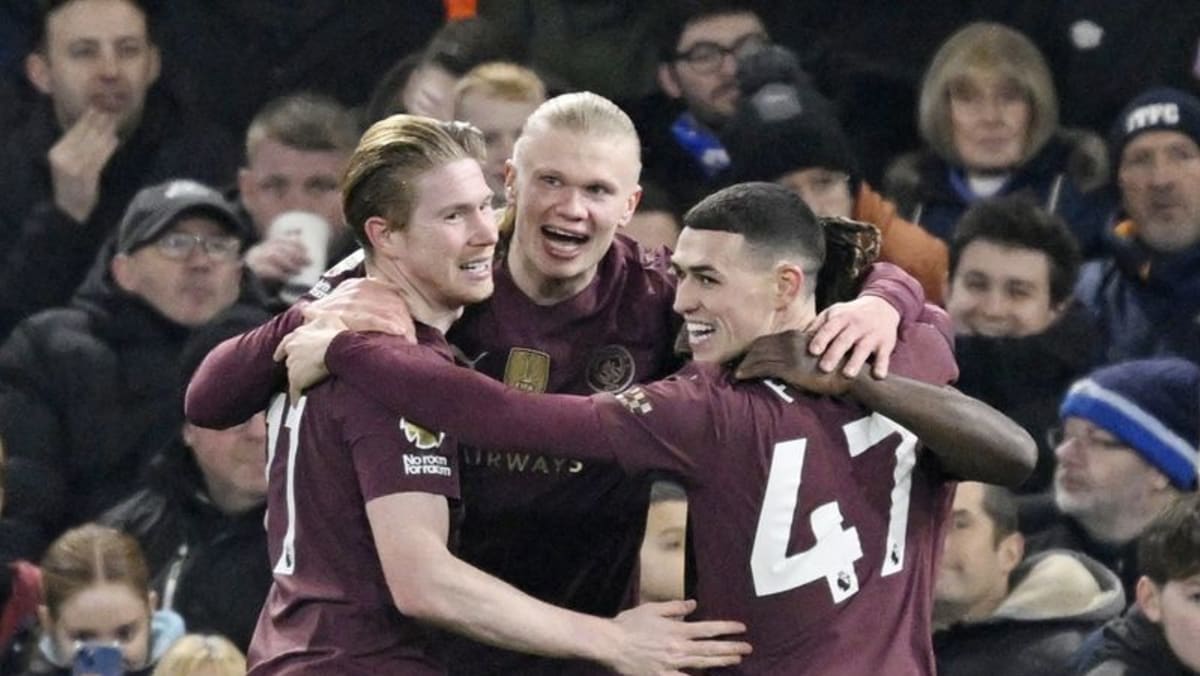Rural hospitals suffered a downturn in 2022, with more facilities operating in the red than in the preceding two years due to depleted CARES Act funding that had helped augment their performance. Ongoing and emerging trends in healthcare are expected to create continued pressure for rural hospitals in 2023. In this Executive Insight, Jim Kendrick, President and CEO of Community Hospital Corporation, shares some positives and possibilities that this environment creates.
What is the biggest challenge rural hospitals face in 2023?
JK: I’m hard-pressed to rank the challenges that rural hospitals are up against, but one important issue is the shortage of clinical healthcare workers. Hospitals must take a long view when it comes to this supply-and-demand imbalance, which is driving up labor costs. Rural and community hospitals are making progress in this area. Some have formally partnered with nursing schools and vocational schools to capture healthcare workers early on, offering fast-track education paths leading to full-time employment. At the same time, we’re seeing the team nursing model reemerge with a focus on skill mix optimization so that all bedside staff are working at the top of their license and scope of practice to reduce inefficient engagement of premium labor. By using these techniques, CHC client hospitals have been able to reduce reliance on contract labor while maintaining or improving quality and patient satisfaction metrics.
Interest rates are projected to stay at historically high levels in 2023. How will this impact rural hospitals?
JK: For hospitals with variable-rate loans, debt obligations may reach a point where loan restructuring is necessary to avoid insolvency. An example would be shifting a bond structure over to Department of Housing and Urban Development (HUD) financing to secure lower interest rates, albeit for a longer term. This strategy buys the hospital some time to conduct an operational assessment and implement recommended strategies for operational and financial improvement and innovation.
Where do you foresee opportunities for innovation?
JK: You don’t have to look very far into the future to see that care delivery models are changing, which I encourage hospital leaders to view not as a threat but as an opportunity to evolve. One positive of the pandemic was we all began to think differently and adapt swiftly to rapid change. Telemedicine and remote patient monitoring are two innovations that emerged. Hospitals looking forward might be wise to align with forces in the healthcare environment that will shape the way rural hospitals deliver care in a post-pandemic world. One example is the rise of the hospital-at-home model, which may allow isolated patients better access to care for their ongoing health issues. Payer resistance to this model of care remains a problem, but since the model is widespread in other countries and has been shown to reduce costs while improving outcomes, it could very well turn into an opportunity for rural hospitals to meet the special needs of their communities. Furthermore, it will be interesting to watch how the Rural Emergency Hospital program – the first new federal program introduced in decades – might benefit rural healthcare.
Do you see any trends on the horizon that bode well for rural hospitals?
JK: Rural hospitals now have national attention because of their important role during the pandemic. Perhaps we’ll see more lobbying and support for federal funding to sustain rural hospitals. Many are working to persuade Congress to extend existing programs that help offset financial hardships associated with geographical isolation and low patient volumes. The downturn hospitals experienced in 2022, after COVID relief dried up, shows how much of a lifeline federal funding had been. There’s no guarantee that new government funds are forthcoming, but COVID raised awareness around the importance of rural hospitals, which might, in turn, create new interest for federal support to ensure their continued existence.
Note: This article have been indexed to our site. We do not claim legitimacy, ownership or copyright of any of the content above. To see the article at original source Click Here













